pink plumes or green clouds?
The gigantic smokestacks at the edge of Paris, endlessly puffing their clouds into the skies of Saint-Ouen and Ivry-sur-Seine, give the impression of a hub of industrial activity. In a time of crisis, when politicians talk of the need to re-industrialise France, the factory cloud might be seen as a beacon of hope. But of course most of us know that these particular sites do not produce anything material, rather they burn the excesses of our conspicuous consumption: our increasingly lavish waste.
Pierre Damien Huyghe writes of the factory “Not everyone who wants to can enter the premises: the place is not transparent, rather closed, subjected to rules about access. And so the factory differs profoundly from a theatre stage. In contrast to the latter, the former is not arranged nor lit up to catch the eye.”(1) Although the incinerators could well be mistaken for factories, in France they are more often referred to as ‘centrales’, classified sites, and the owners dislike finding their buildings in the spotlight of public attention. And if they are made to sweat under the floodlight of environmental activism, they suffer even more. But how can art co-exist in such controlled places? Art-factories yes, but factories as art? At the inauguration of the new incinerator in Saint-Ouen in 1990, newspaper headlines proclaimed “An end to drab and grim industrial buildings? In Saint-Ouen, the new rubbish incineration factory resembles rather a work of art”(2). However, if we visit this site today we come quite quickly to the conclusion that this incinerator is not a cathedral of art at all, but a shabby shed surrounded by wasteland. From the exterior, Ivry-sur-Seine fares better; with its multifaceted façade and chimneys like rockets, it exterior was designed to be viewed from the valuable loft real estate that surrounds it. But on a daily basis the only interface between the incinerator and the people living close by, is the cloud.
Since we don’t know the precise nature of the technological processes inside the incinerator, only the cloud lets us imagine the inside of the furnaces. And so it is onto the cloud we project our worries and fears. The motivation behind Nuage Vert (3), is to give form to this emission cloud and its significations, to frame its amorphous shape by capturing and drawing its outline in real time. The interaction with the cloud is not only a symbolic gesture, but also a process put together with experts and residents. On a social level this includes engagement with local associations, public authorities, scientists and industry to develop an imaginative language to discuss waste production. On a practical level it means developing an art work with the voluntary help of different laboratories and individuals. Nuage Vert is initiated independently of vested interests. The autonomy of an otherwise harmless project like Nuage Vert might be the fundamental reason which animated local authorities to block, censor and challenge the realisation of the work in Saint-Ouen (2009) and in Ivry sur Seine (2010) (4).

As soon as individuals or local associations engage with the subject of the emission cloud, a politics of chronic nervousness governs. It is for this reason that the syndicat intercommunal de traitement des ordures ménagères de l’agglomération parisienne (Syctom), the waste authority in Paris, decided to rebuild the incinerator of Issy-les-Moulineaux with chimneys that are not visible from the street with an emission cloud itself that is invisible. The gas filters are the same, the factory uses more energy, but the presence of the waste treatment facility becomes imperceptible.
The operators of incinerators will always have a sensitive relationship with the local residents - it must be the smell. Following the usual consultation procedure for the reconstruction of the centrale in Ivry, Syctom wouldn’t contemplate an illumination of the vapor emission on this site. A wasted opportunity. The failure to follow a bottom-up initiative is symptomatic of how waste discourse in France is administered as a hegemonic presence which is not open to interventions from civil society (5). Suspicious of engaging with individuals or groups from ‘outside’, worse, the general public is accused indiscriminately. The consumer, apparently, is the guilty party in the story of waste: “Stop wasting” et “Throw Away Less, Reuse” was projected onto the facade of the incinerator to replace the artwork on the cloud. The public is ‘informed’ but is not entrusted with the means to contribute, even by means of the imagination. In the absence of any interaction between residents and the incineration machine, it is no wonder that the occasional discussion forums organised by Syctom often end with a discharge of emotions.
If for this year’s Nuit Blanche the clouds of the incinerator in Ivry-sur-Seine are beautified with a choreography of coloured light (6), what does it matter? We are being fed a purely aesthetic rather than a political statement. In contrast to the fluorescent green intervention realised without ‘authorisation’ in 2010, a rose tinted spectacle, complete with complementary colours as part of a major cultural manifestation, is sure to be uplifting without engaging with difficult people who might ask questions. Positive, at ease with the language of marketing and packaged for the cultural machine, it doesn’t risk being interpreted in a critical way. The fact that the light source is hosted on the site of the incinerator and that the chimney itself is illuminated alongside the emission avoids any confusion. The colour pink in the title - close to the purity of white – directs our mind to nice things: happiness, compassion and femininity. Ambivalent words such as ‘cloud’ are absent in favour of the more elegant and politically correct ‘panache’ and the royal reference (7) confirms to the viewer that indeed, the incinerator is the King of Ivry. Oddly enough, the use of a computer controlled colour transition is recognisable to anyone who is familiar with the air quality index on Airparif’s website, but this is surely not the intention. The cloud becomes an artist’s canvas and masks any issues related to the activity inside the factory. However, the emission cloud over the incinerator is not a projection surface like any other. The Centre Multifilière is an open-air laboratory contested by local residents and independent organisations – in particular for the chemical content of its airborne emissions. From the dusty clouds above comes officially sanctioned culture, presenting a ‘healthy’ spectacle for the masses. As Theodor Adorno asserted: “The culture industry intentionally integrates its consumers from above.” (8)
1) Pierre-Damien Huyghe, “Un appareil de travail”, in L’usine dans l’espace francilien, dir. Martine Tabeaud, Richard Conte et Yann Toma, Publications de la Sorbonne, 2001
2) “Belle comme une poubelle”, article paru dans l’édition dans Le Nouvel Observateur, le 13.06.1990
3) The blog of Nuage Vert: www.nuagevert.org
4) “Le rayon vert divise Saint-Ouen”, Marie Lechner, Libération, http://www.liberation.fr/culture/0101570790-le-rayon-vert-divise-saint-ouen
5) Reiner Keller, “Waste – the societal construction of the precious, The public debate about waste in Germany and France” (Müll – die gesellschaftliche Konstruktion des Wertvollen, Verlag für Sozialwissenschaften, Wiesbaden, 2 Auflage 2009
6) Programme de la Nuit Blanche 2012: “Jacqueline Dauriac présente son impressionnante installation lumineuse “Suivez mon panache rose”, intervention sur l’usine d’Ivry-sur-Seine”: http://nuitblanche.paris.fr/node/143
7) The title of Dauriac’s installation refers to a well known rallying cry of King Henry IV before going to battle “Suivez mon panache blanc”. The word panache refers to both the feathers on the Kings head and his aura. The Incinerator in Ivry-sur-Seine is the largest incinerator in France and could be called the king of incinerators.
8)Theodor Adorno, The Culture Industry, page 98, Routledge, 1991, New York

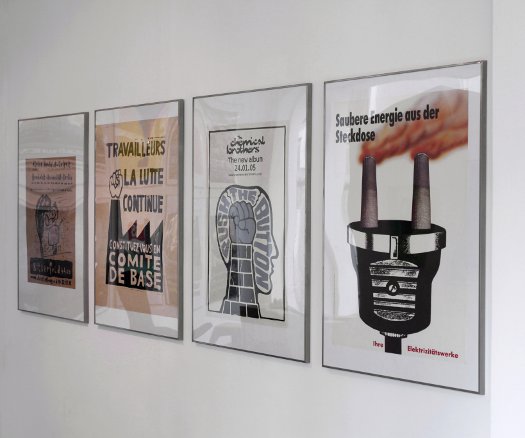
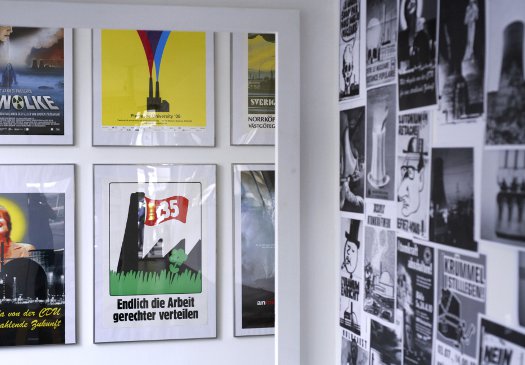

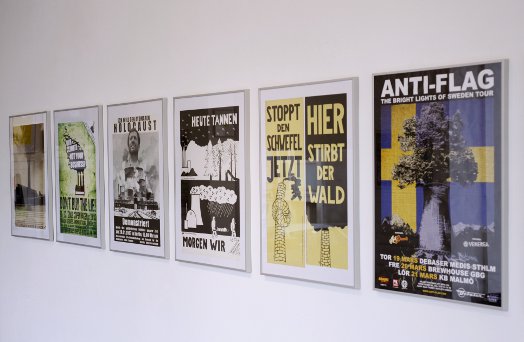
















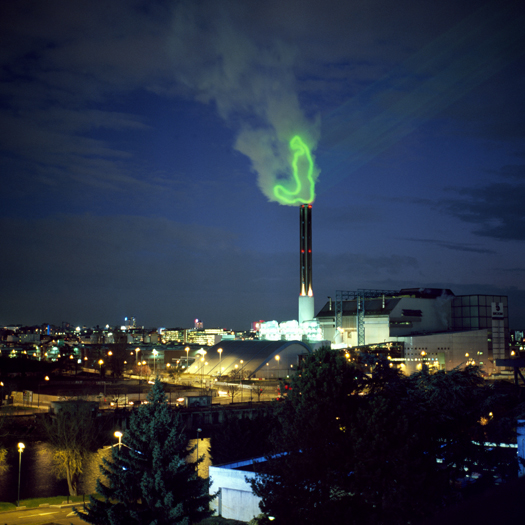





vincianeverguethen.jpg)



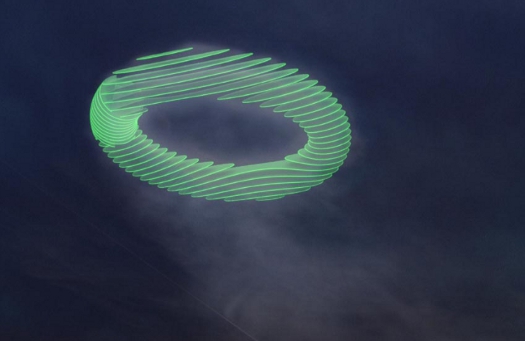

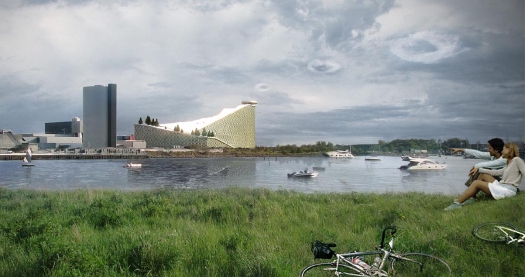
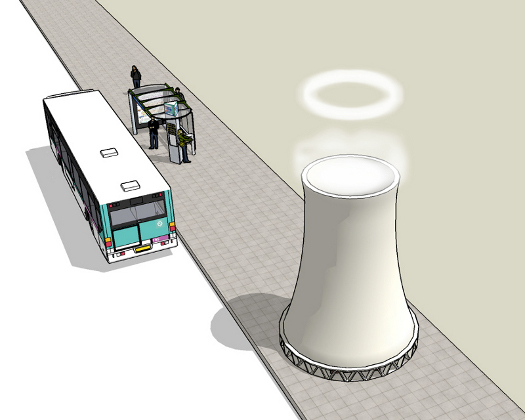
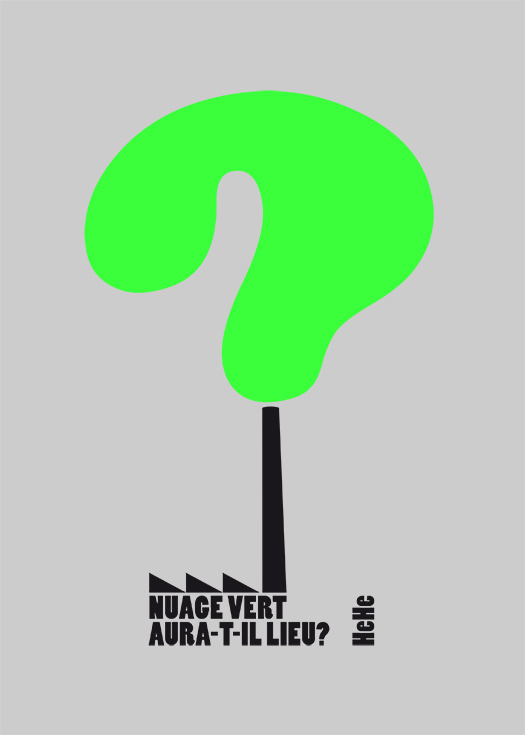





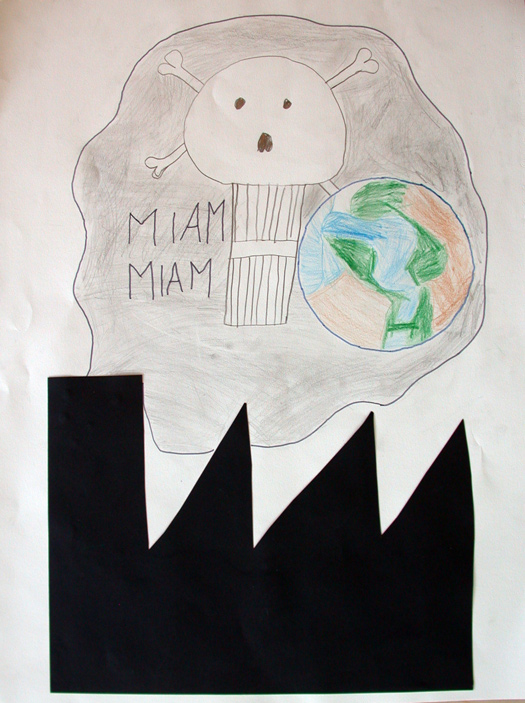

 “Clean Present of Clean Future ?” par Ludvina, Anis, Claudia, Mélany, Rayanna
“Clean Present of Clean Future ?” par Ludvina, Anis, Claudia, Mélany, Rayanna

